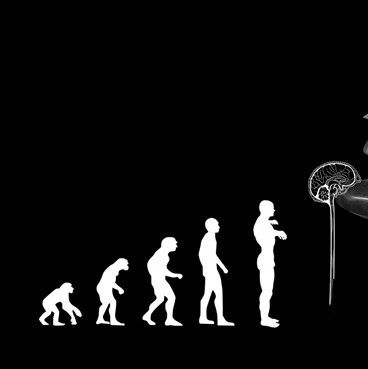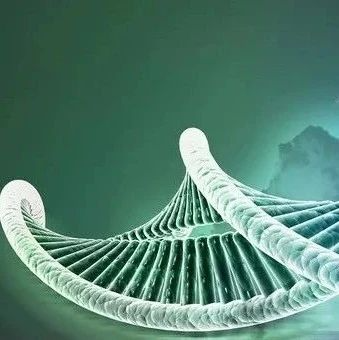吸收外源DNA的细菌和古细菌配备有宿主免疫系统,该系统能识别和清除外来DNA。其中一个这样的系统是由CRISPR基因调控的,它们编码小 RNA(crRNA)。CRISPR位点由重复序列和间隔序列组成。当crRNA间隔序列与互补性的入侵DNA成对时,它便被标记为要清除掉。
Luciano Marraffini 和 Erik Sontheimer解决了以下问题:CRISPR位点本身内的间隔DNA怎样不被当成外来的;间隔DNA之外的序列能够与crRNA完美配对,而入侵 DNA则无法匹配。这种类型的差异互补性可能是很多自我/非自我识别(所有免疫系统中的一个关键功能)的机制。
英文的原文原始出处及摘要:
Nature 463, 568-571 (28 January 2010) | doi:10.1038/nature08703
Self versus non-self discrimination during CRISPR RNA-directed immunity
Luciano A. Marraffini1 " Erik J. Sontheimer1
1 Department of Biochemistry, Molecular Biology and Cell Biology, Northwestern University, 2205 Tech Drive, Evanston, Illinois 60208, USA
2 Correspondence to: Luciano A. Marraffini1Erik J. Sontheimer1 Correspondence and requests for materials should be addressed to L.A.M. and E.J.S.
All immune systems must distinguish self from non-self to repel invaders without inducing autoimmunity. Clustered, regularly interspaced, short palindromic repeat (CRISPR) loci protect bacteria and archaea from invasion by phage and plasmid DNA through a genetic interference pathway1, 2, 3, 4, 5, 6, 7, 8, 9. CRISPR loci are present in ~40% and ~90% of sequenced bacterial and archaeal genomes, respectively10, and evolve rapidly, acquiring new spacer sequences to adapt to highly dynamic viral populations1, 11, 12, 13. Immunity requires a sequence match between the invasive DNA and the spacers that lie between CRISPR repeats1, 2, 3, 4, 5, 6, 7, 8, 9. Each cluster is genetically linked to a subset of the cas (CRISPR-associated) genes14, 15, 16 that collectively encode <40 families of proteins involved in adaptation and interference. CRISPR loci encode small CRISPR RNAs (crRNAs) that contain a full spacer flanked by partial repeat sequences2, 17, 18, 19. CrRNA spacers are thought to identify targets by direct Watson–Crick pairing with invasive ‘protospacer’ DNA2, 3, but how they avoid targeting the spacer DNA within the encoding CRISPR locus itself is unknown. Here we have defined the mechanism of CRISPR self/non-self discrimination. In Staphylococcus epidermidis, target/crRNA mismatches at specific positions outside of the spacer sequence license foreign DNA for interference, whereas extended pairing between crRNA and CRISPR DNA repeats prevents autoimmunity. Hence, this CRISPR system uses the base-pairing potential of crRNAs not only to specify a target, but also to spare the bacterial chromosome from interference. Differential complementarity outside of the spacer sequence is a built-in feature of all CRISPR systems, indicating that this mechanism is a broadly applicable solution to the self/non-self dilemma that confronts all immune pathways.







